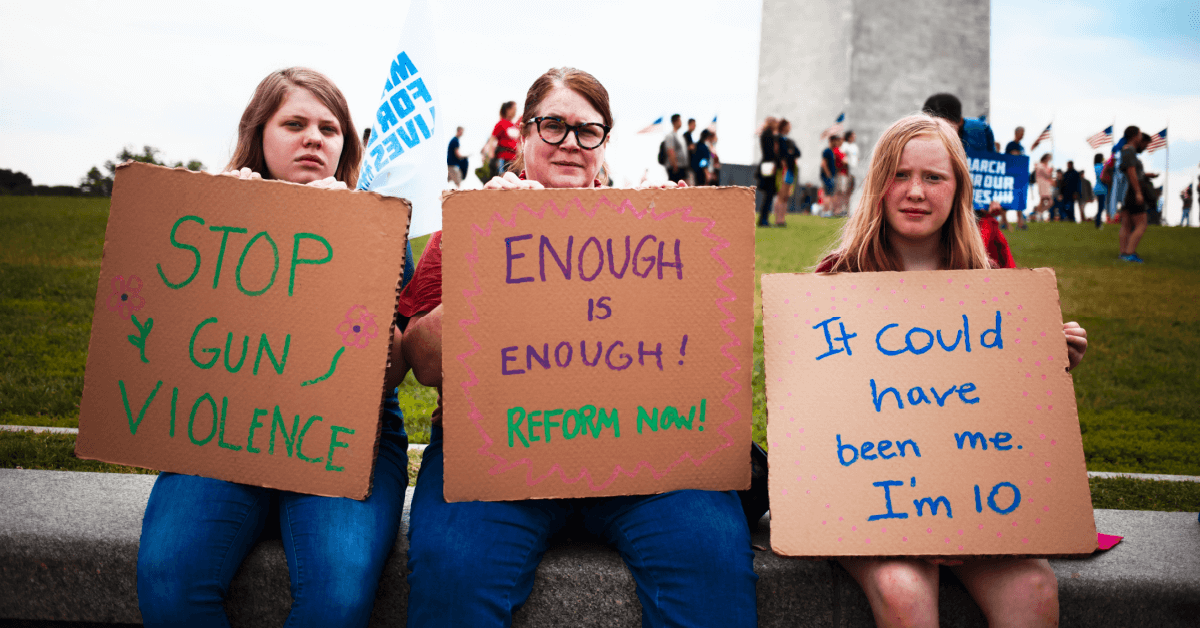July 10, 2023
In an age of book bans, technology bans, and polarized politics it’s hard to imagine anyone signing up to teach civics. To say the climate is bad is an understatement. Between aggressive parents, district priorities, and a slew of new state policies (depending on your state)—many teachers have been caught in the crossfire between effectively teaching civics and staying employed.
One can spend hours speculating how the situation has come this far. I wonder if it might be a better use of our time to focus on what we can do to best support those on the front line simply trying to do their jobs and advance civics education. Teachers are stressed, students want real conversations, and we need to have more holistic discussions on how we can best serve our students.
As I’ve talked to various organizations and educators from the U.S. and the EU there are a few opportunities I believe will take some of the tension out of teaching civics. We need to ensure that teachers feel supported to facilitate needed discourse and are encouraged to help our students find outlets to step up, use their voices, and take action on the issues…

